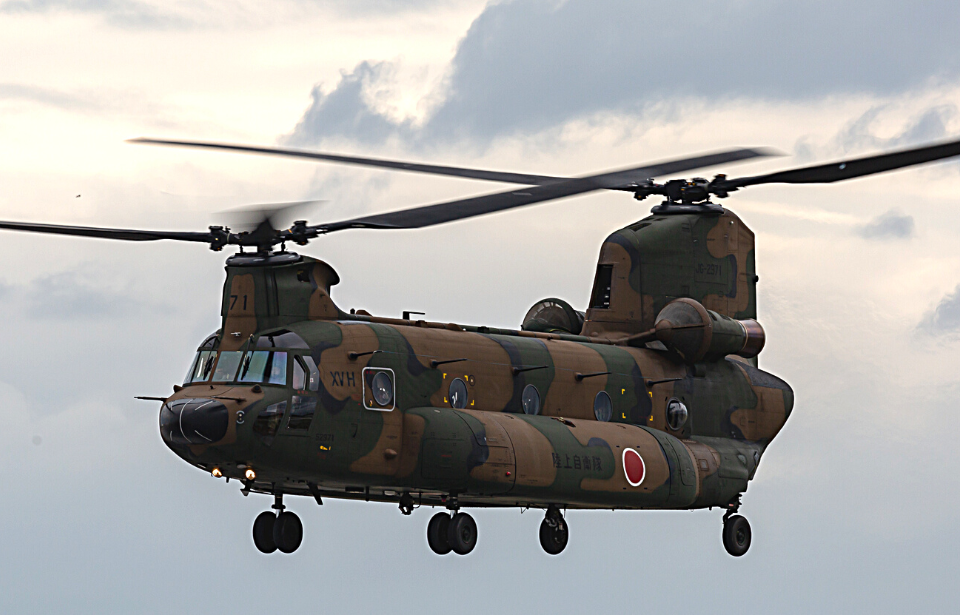On August 6, 2011, the final flight of Extortion 17 resulted in the single deadliest incident for the US military during the War in Afghanistan. When the Boeing CH-47D Chinook helicopter was hit, all 38 onboard were instantly killed. Prior to the mission, the deadliest incident was June 2005’s Operation Red Wings, which resulted in the deaths of eight US Navy SEALs and eight US Army Special Operations aviators.
The beginning of the ill-fated mission
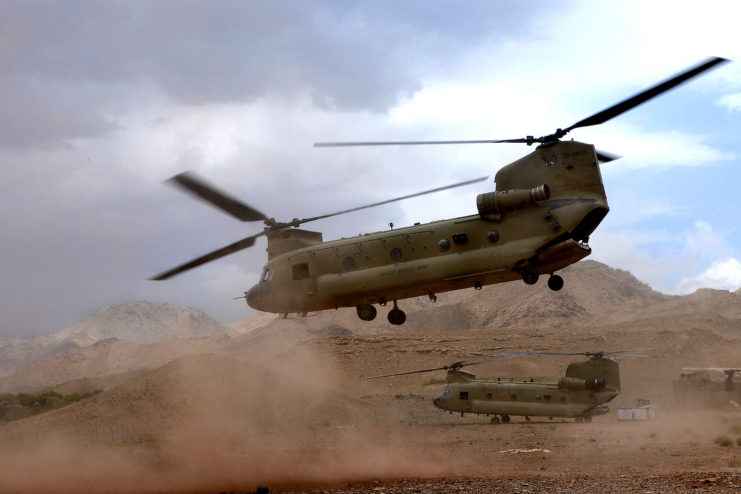
The objective for the mission was to capture or kill Qari Tahir, a senior Taliban chief in Tangi Valley. It was believed his position as a senior chief connected him to upper-echelon Taliban leadership in Pakistan. The US forces involved used two CH-47D Chinooks – callsigns “Extortion 16” and “17” – to transport 47 ground troops with the 75th Ranger Regiment to a landing site near Tahir’s compound. The position was a mere 20 miles from where the helicopters took off.
Three hours after leaving the choppers, the ground forces had secured the compound and detained many of Tahir’s fighters, with the help of support helicopters. However, they’d been unable to locate him. As more enemy fighters gathered, reinforcements were called in. An Immediate Response Force (IRF) commander decided to up the reinforcement count from the predetermined 17 to 32, bulking up the core Navy SEAL team.
The commander also decided that, in order to get all of the reinforcements on the ground as quickly as possible, they would fly on the same helicopter: Extortion 17. The hope was they would arrive and act so swiftly that the Taliban would have no time to react. Extortion 16 would fly empty, hovering nearby in case help was needed.
Thirty-eight boarded Extortion 17
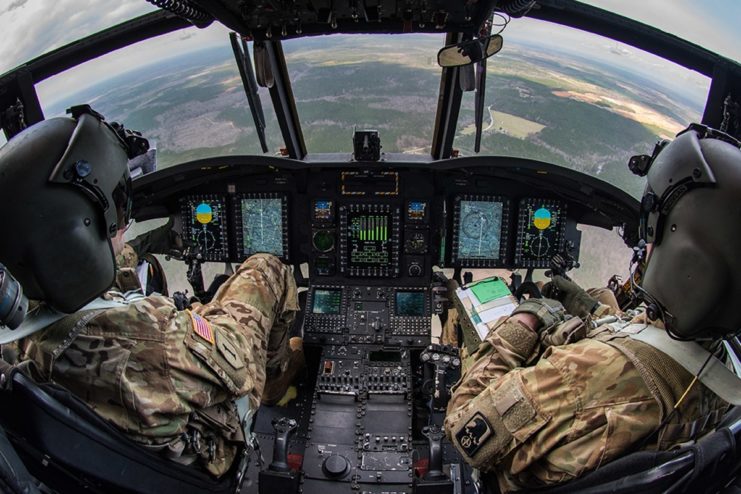
There were a total of 38 individuals onboard Extortion 17. Seventeen were Navy SEALs, 15 from the Gold Squadron of the Special Warfare Development Group – better known as SEAL Team 6. Months earlier, the group had been involved in the raid that took out al-Qaeda founder, Osama Bin Laden.
Other passengers onboard Extortion 17 were Navy Special Warfare support personnel; US Air Force, Army Reserve and Army National Guard members; Afghan National Security Forces (ANSF) commandos and an Afghan interpreter. This equaled 30 US military personnel and eight Afghan nationals.
One of the Extortion 17’s pilots, David Carter of the Colorado Army National Guard, was one of the most experienced helicopter pilots in the US military at the time, having banked over 4,000 hours of flight time.
Hidden fighters with rocket-propelled grenade launchers
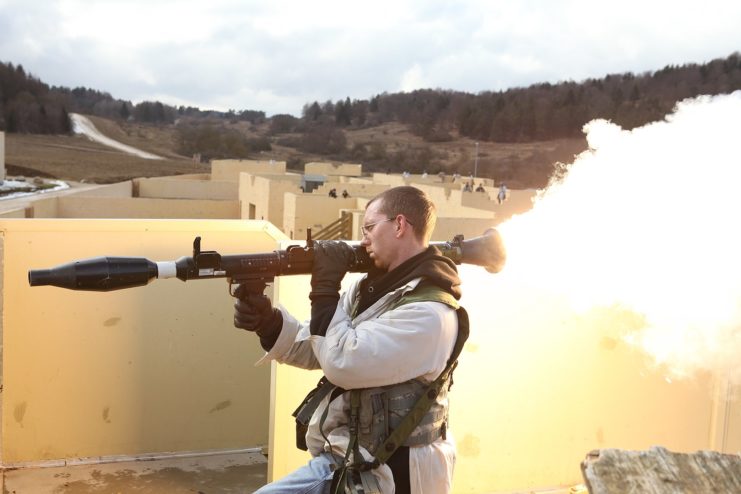
At approximately 2:30 AM, Extortion 17 began to make its descent toward the landing zone. When it was between 100-150 feet off of the ground, traveling at only 58 MPH, unseen enemy fighters emerged from the tower of a two-storey building carrying rocket-propelled grenade (RPG) launchers on their shoulders.Two rounds were fired at roughly the same time.
“The insurgents had no way of knowing the helicopter would be coming in, at the speed it was coming and at the altitude,” Ed Darack, author of The Final Mission of Extortion 17: Special Ops, Helicopter Support, SEAL Team Six, and the Deadliest Day of the U.S. War in Afghanistan, told Task & Purpose.
The first round missed the helicopter, but the second hit one of the rear rotor blades, exploding and severing it 10 feet in. The rear pylon of the chopper was ripped off of the fuselage, due to the spinning rotor assembly’s torque imbalance. The forward rotor system was also torn off, and less than five seconds after the second RPG round hit, Extortion 17 spun uncontrollably.
The helicopter crashed into a dry creek bed and exploded into a mass of fire upon contact. Everyone onboard was killed instantly.
Investigations were held into the incident
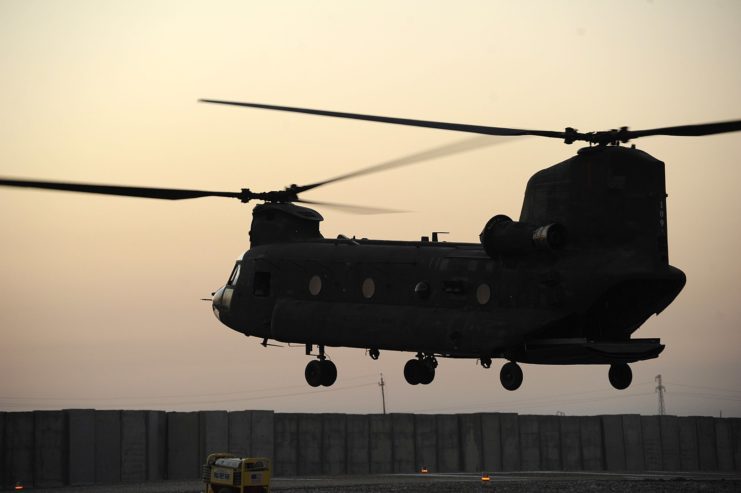
The attack was completely unexpected and many believed something shifty must have happened. Conspiracy theories and misinformation spread, including the belief that the Taliban had been tipped off. There were also rumors that the mission was a trap or retribution for SEAL Team 6’s part in taking out Bin Laden. No evidence was ever produced to validate any of these claims.
More from us: The Biggest Invasions Of Afghanistan: 330 BC To Present-Day
Rigorous investigations were held by the US military to determine what exactly went wrong. It was concluded that no one involved had committed any faults leading up to the incident. The identities of those responsible remain unknown.
